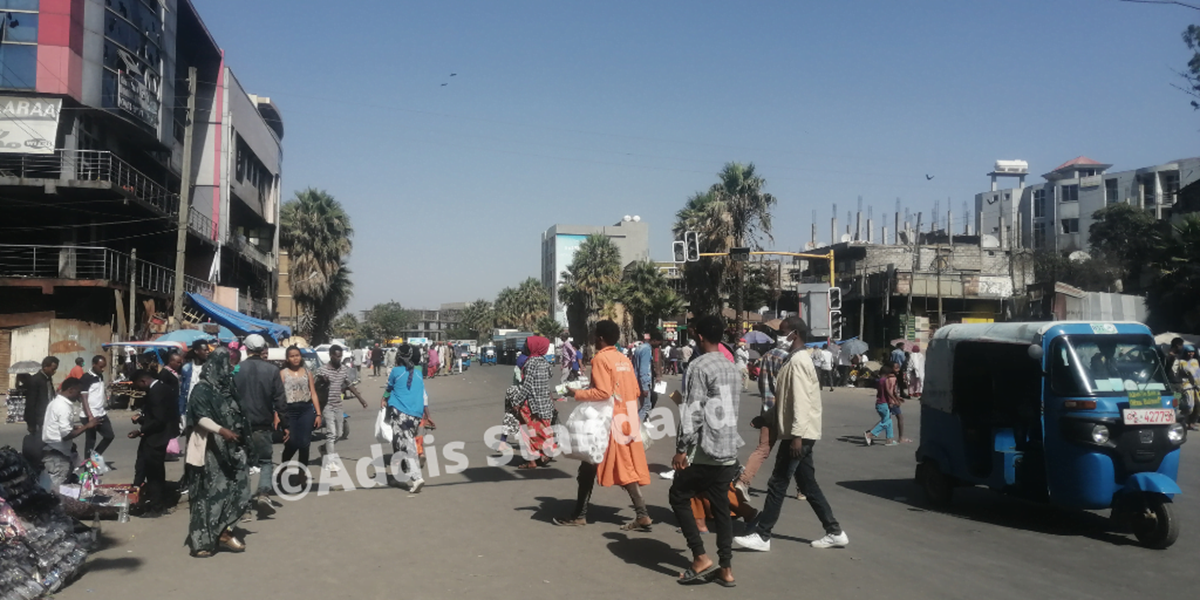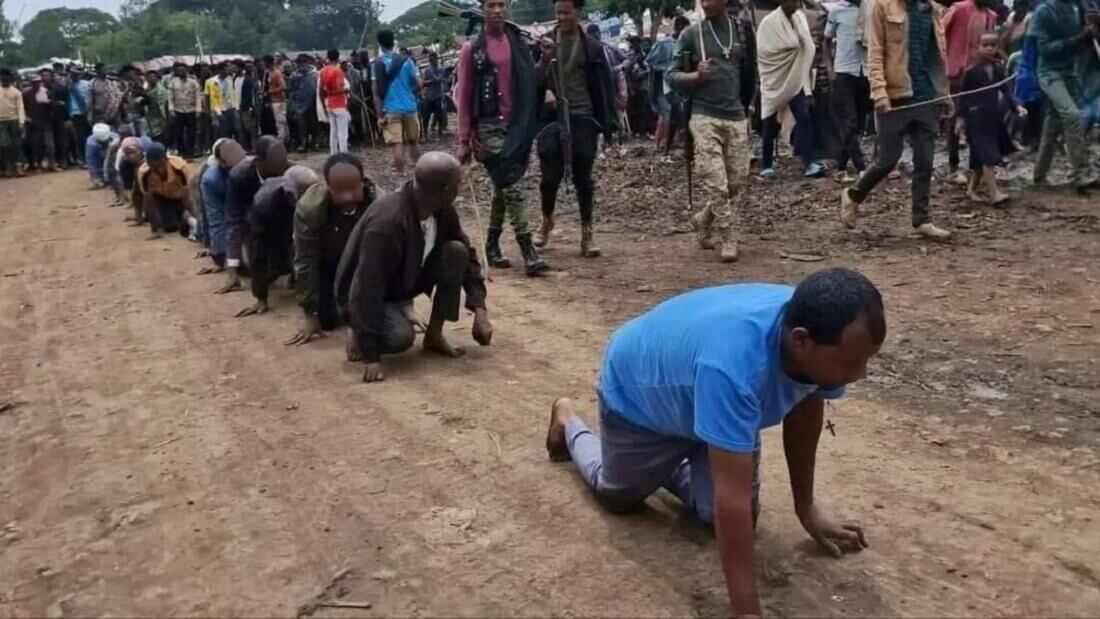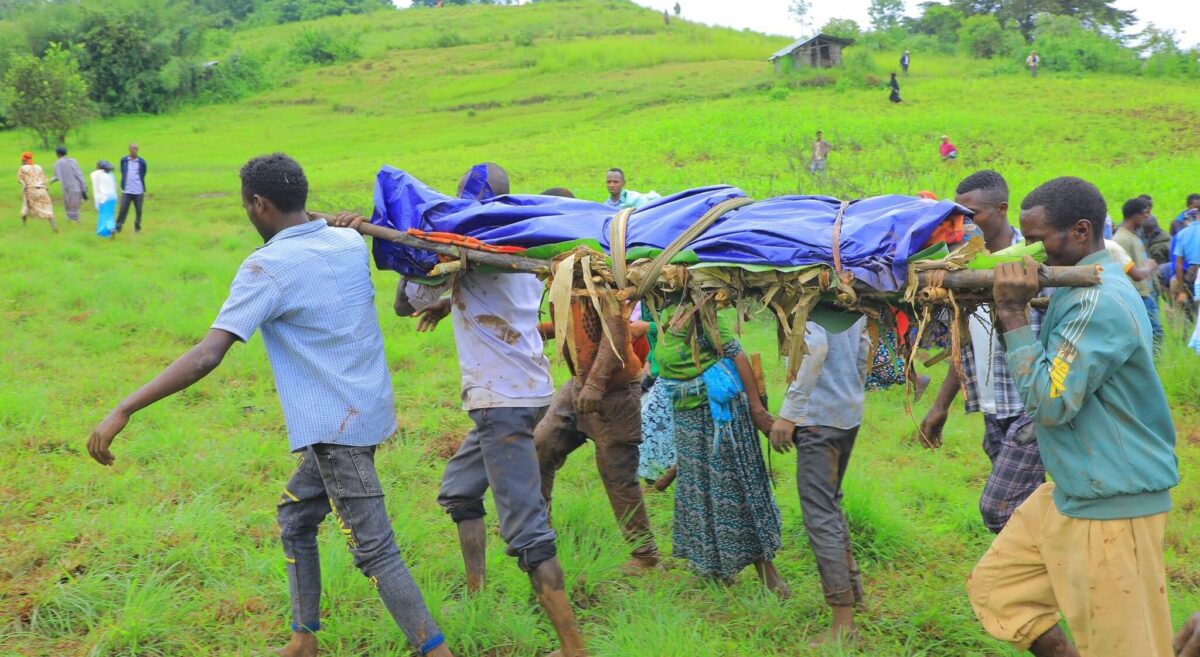News Analysis: Without official decision from House of Federation and a referendum, Southern region discusses forming ‘Central Ethiopia Region’; plan includes restive Gurage zone

Addis Abeba – Senior officials, led by Ristu Yirdaw, regional president of the Southern Nations, Nationalities and People’s (SNNP) regional state, held a discussion on 29 November in Butajira City on plans about soon to be organized ‘Central Ethiopia Region’, a new region which will incorporate the restive Gurage zone despite its repeated rejection of the new restructuring.
The discussion cited a decision from Ethiopia’s House of Federation (HoF) as having green lighted Five zones in the SNNP region: Gurage, Hadia, Silte, Kembata Tmbaro and Halaba zones, as well as the Yem special Woreda to be “organized into one region” without a referendum.
However, the HoF did not as of now, publicly issue a direction for the aforementioned zones and the Yem Special Woreda to be organized as ‘Central Ethiopia Region’.
On 18 August, the HoF had accepted the request from Wolaita, Gamo, Gofa, South Omo, Konso and Gedeo zones, as well as Derashe, Amaro, Burji, Ale, and Basketo special woredas, to be reconstituted into one regional state called “South Ethiopia Regional State.” The House subsequently requested the National Election Board of Ethiopia (NEBE) conduct the referendum and notify the House of the outcome. On 24 August, the NEBE accepted the HoF’s request to organize the referendum within a time frame of three months.
On the contrary however, the HoF had decided that Hadiya, Halaba, Kambata-Tambaro, Gurage, and Silte zones as well as Yem special woreda would continue under the existing SNNP regional state administration.
In a statement released on Tuesday on the outcome of the senior leadership meeting, SNNP Communication Affairs Bureau attributed a statement from the region’s president Ristu Yirdaw as saying that “according to the decision of the House of Federation, important activities are being carried out for the organization of the ‘Central Ethiopia Region’, which will be reorganized directly without a referendum.” He also stated that “a project office to coordinate the organizing work has been set up and practical activities have started” and called on all stakeholders to fulfill their responsibilities so that the task of organizing the new region is done in a manner that strengthens “solidarity and people’s bonds.”
Accordingly, the restructuring without referendum will merge the Gurage, Hadia, Silte, Kembata-Tembaro and Halaba zones as well as the Yem Special Woreda to be “organized into one region” to be named “Central Ethiopia Region.”
The meeting was also attended by Sentayehu Woldemichael, Political and Ideological Department Head at the ruling Prosperity Party’s Southern Branch Office. Sentaheyu has urged “the leadership of each level to strengthen their efforts to make the task successful.”
Background
On 31 July, the local councils of several Zones and special districts located in the Southern Nations, Nationalities and People’s (SNNP) regional state convened meetings and passed resolutions to restructure a merger paving ways to create two more regional states out of the existing SNNP administration. The decision would bring the number of new regional states out of the SNNP into four, next to that of Sidama and Southwest Ethiopia People’s Regional States.
The local councils in question at the level of zones were: Konso, Gedeo, Gamo, Gofa, South Omo, and Wolayta, Hadiya, Halaba, Kembata-Tmbaro and Silte zones; and the local council at the level of special Woredas were: Amaro, Ale, Basketo, Burji and Derashe and Yem Special Woredas.
The Gurage Zone, which had been included in the list by major state media outlets as being part of the new dispensation, responded quickly rejecting the news and saying that its zonal Council had not discussed to restructure along the new regional states by joining the other zones and special Woredas. Instead, the Zonal administration said it was waiting for the response from the House of Federation on its request for a regional state status fielded as far back as 26 November 2018.
On 05 August, SNNP Council’s deputy speaker, Kiflu Wanna, submitted a list of 16 zones and special woredas to the Speaker of the HoF, requesting to green light a referendum for two additional regional states. The request was for six zones: Konso, Gedeo, Gamo, Gofa, South Omo, and Wolayta zones, as well as the five Special Woredas: Amaro, Ale, Basketo, Burji and Derashe Special Woredas to be reorganized into one regional state. Similarly, four zones: Hadiya, Halaba, Kembata-Tmbaro and Silte zones, and Yem Special Woreda will be organized into one regional state. Kiflu has asked the HoF to respond to the requests “immediately based on the constitution.”
In its official response issued on 18 August, the HoF approved the referendum in the six zones and five Special Woredas, but had left the option of referendum on second list which included the four zones and Yem Special Woreda undecided, instead saying they should remain in the existing structure under the SNNP regional state.
The Electoral Board is preparing to hold the referendum in the six zones and five special Woredas on 06 February 2023.
Restive Gurage Zone
Meanwhile, the Gurage zone administration remained firm in its opposition against attempts top join the four zones (Hadiya, Halaba, Kembata-Tmbaro and Silte zones) as cluster to a new regional state.
In an emergency meeting the Zonal Council held on 11 August, Council members rejected the government’s proposal to be organized in a cluster. The emergency meeting was attended by 92 of the 97 members of the Council, and was held in the presence of SNNP President Ristu Yirda and other high level officials of the regional state. Accordingly 52 of the 92 attending Council members voted against the proposal.
Prior to the Zonal Council meeting, residents of Wolkite city, the capital of Gurage zone, and several other districts, started staging protests mainly by boycotting routine activities including civil service works and business activities and sending messages of opposition against the cluster restructuring.
But the boycott protests are suppressed by heavy security crackdown including summary detentions and beatings by local police targeting protests organizers as well as local government officials including Zonal Finance Bureau official Minewer Hayatu, Governmental Communications Affairs official, Mebrate Woldemariam, and Zonal Enterprise and Industry Development Bureau official, Abebe Amerga, among others.
Yesterday’s decision by the top SNNP leadership to include Gurage zone into the cluster to form the new ‘Central Ethiopia Region’ came after the the SNNP region’s Peace and Security Bureau put the entire Gurage zone under an organized and centralized command post as of 25 November for an indefinite period of time. AS








